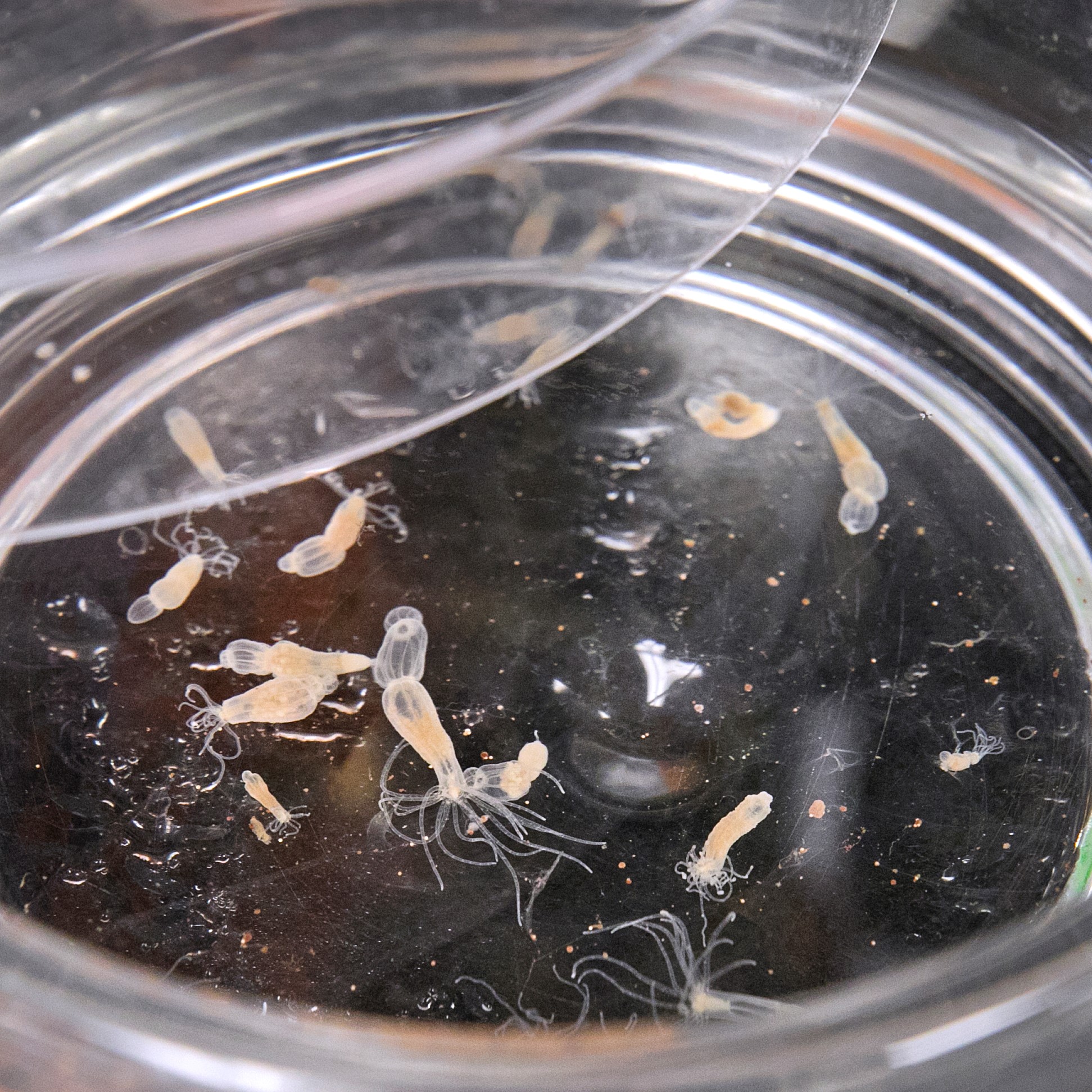 The Whitney Laboratory for Marine Bioscience
The Whitney Laboratory for Marine Bioscience

Congratulations to Dr. Leslie Babonis, Dr. Camile Enjolras, Dr. Joseph Ryan and Dr. Mark Q. Martindale for their contributions to a recent paper entitled, "A novel regulatory gene promotes novel cell fate by suppressing ancestral fate in the sea anemone Nematostella vectensis" published in the Proceedings of the National Academy of Sciences (PNAS).
In this study, Babonis and colleagues discovered a regulatory gene (ZNF845) in a sea anemone that, when expressed, turns a neuron into a stinging cell. These special stinging cells, called cnidocytes, are found only in cnidarians (e.g., sea anemones, corals and jellyfish). Likewise, ZNF845, is only found in cnidarians and this study suggests that the origin of this gene contributed to the origin of stinging cells.
Dr. Babonis is a former Research Assistant Scientist in the Martindale Lab and is currently an Assistant Professor in the Department of Ecology and Evolutionary Biology at Cornell University.
Jellyfish’s stinging cells hold clues to biodiversity
“These surprising results demonstrate how new genes acquire new functions to drive the evolution of biodiversity,” Dr. Leslie Babonis said. “They suggest that co-option of ancestral cell types was an important source for new cell functions during the early evolution of animals.”